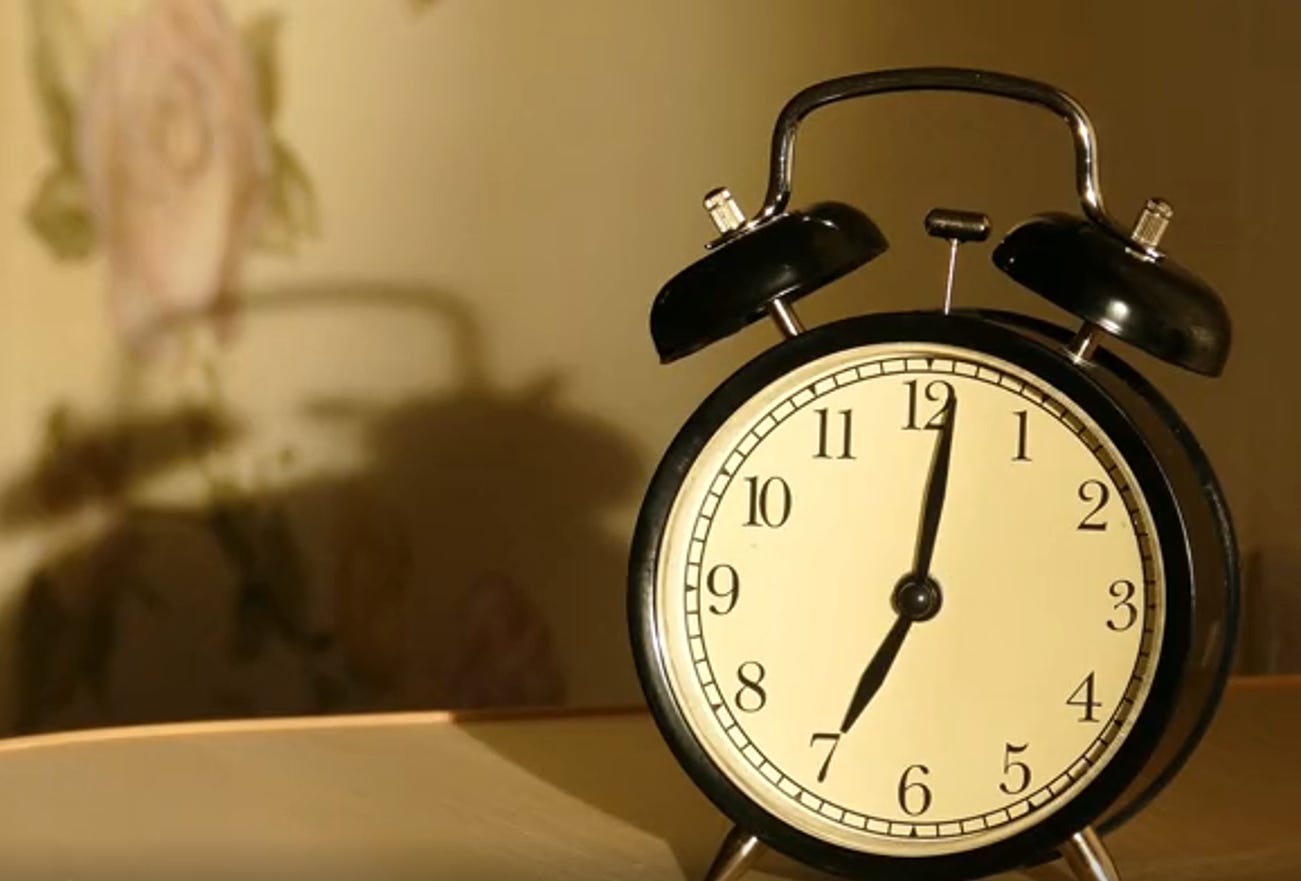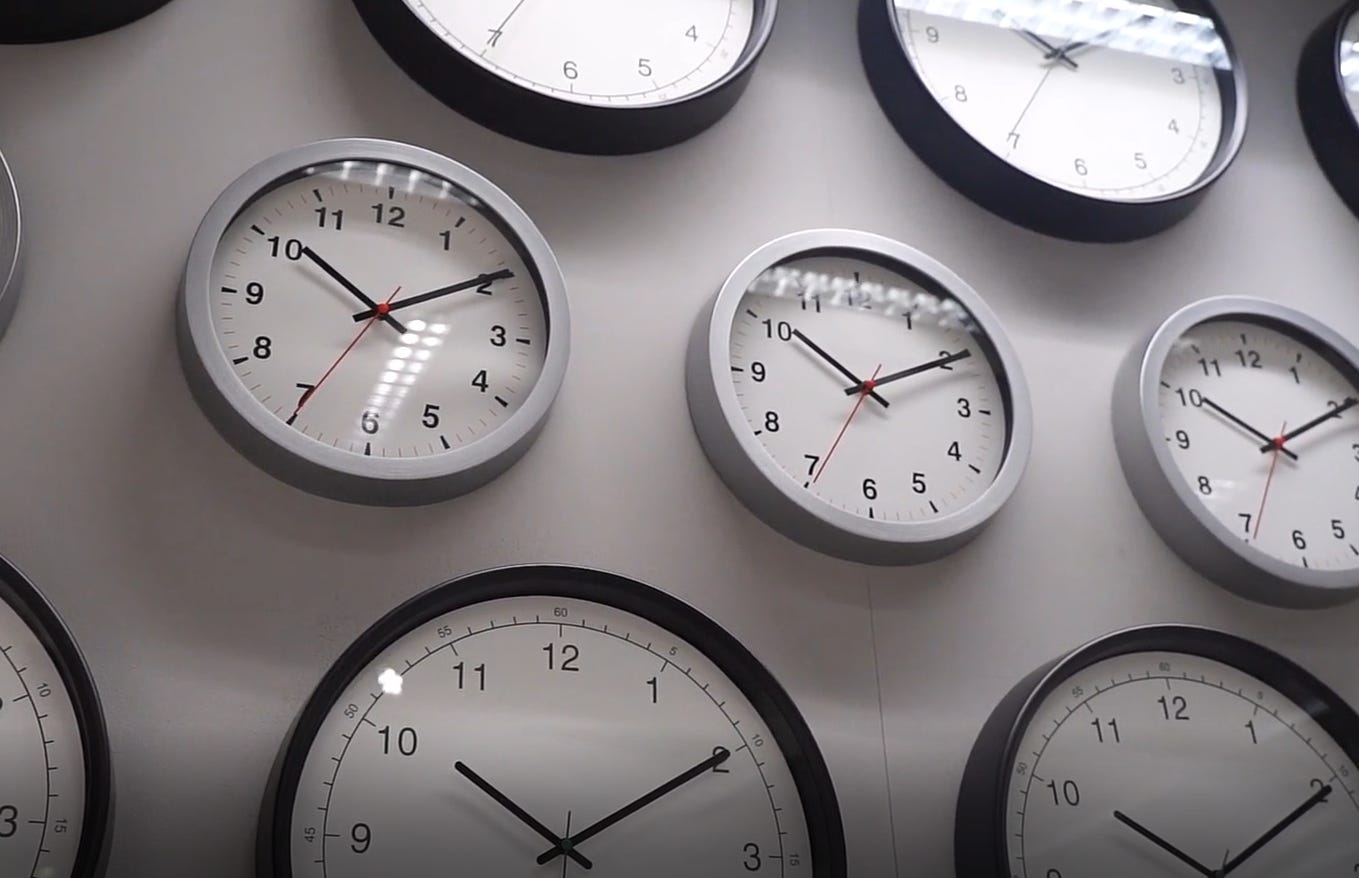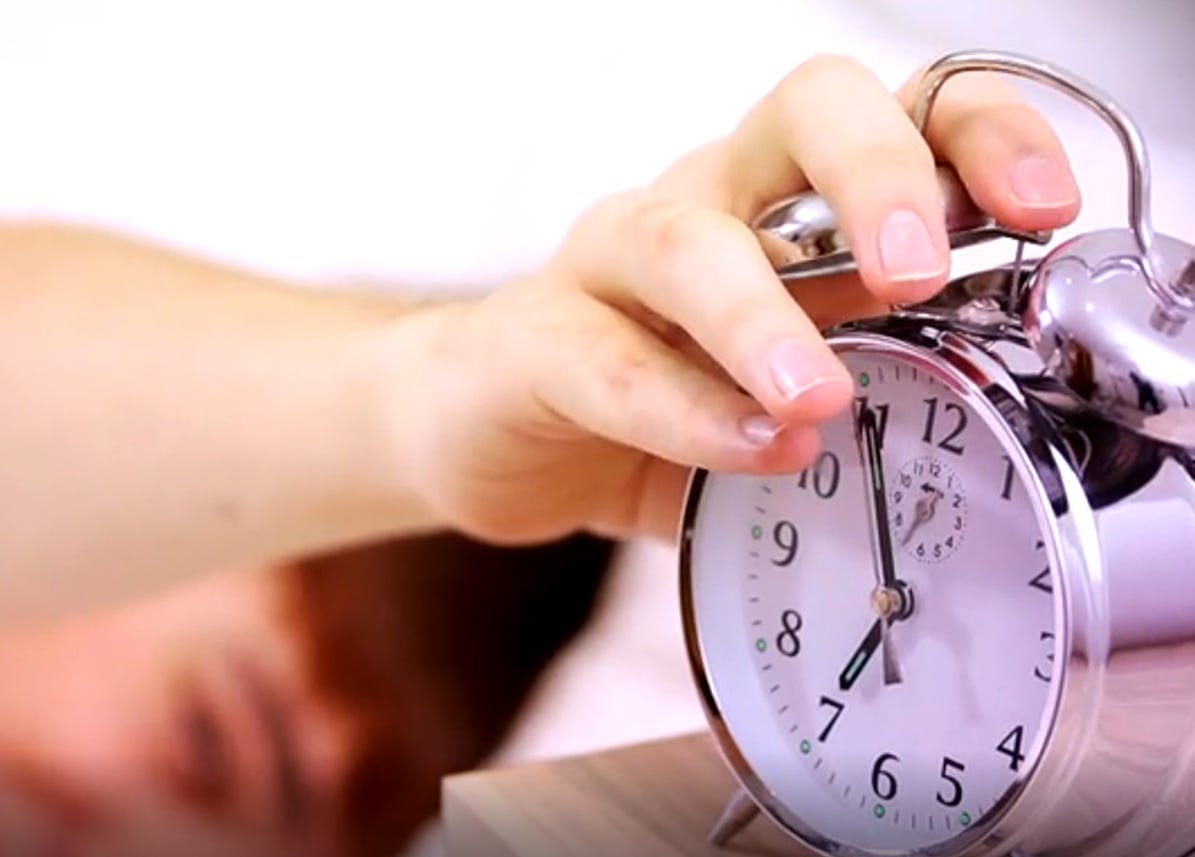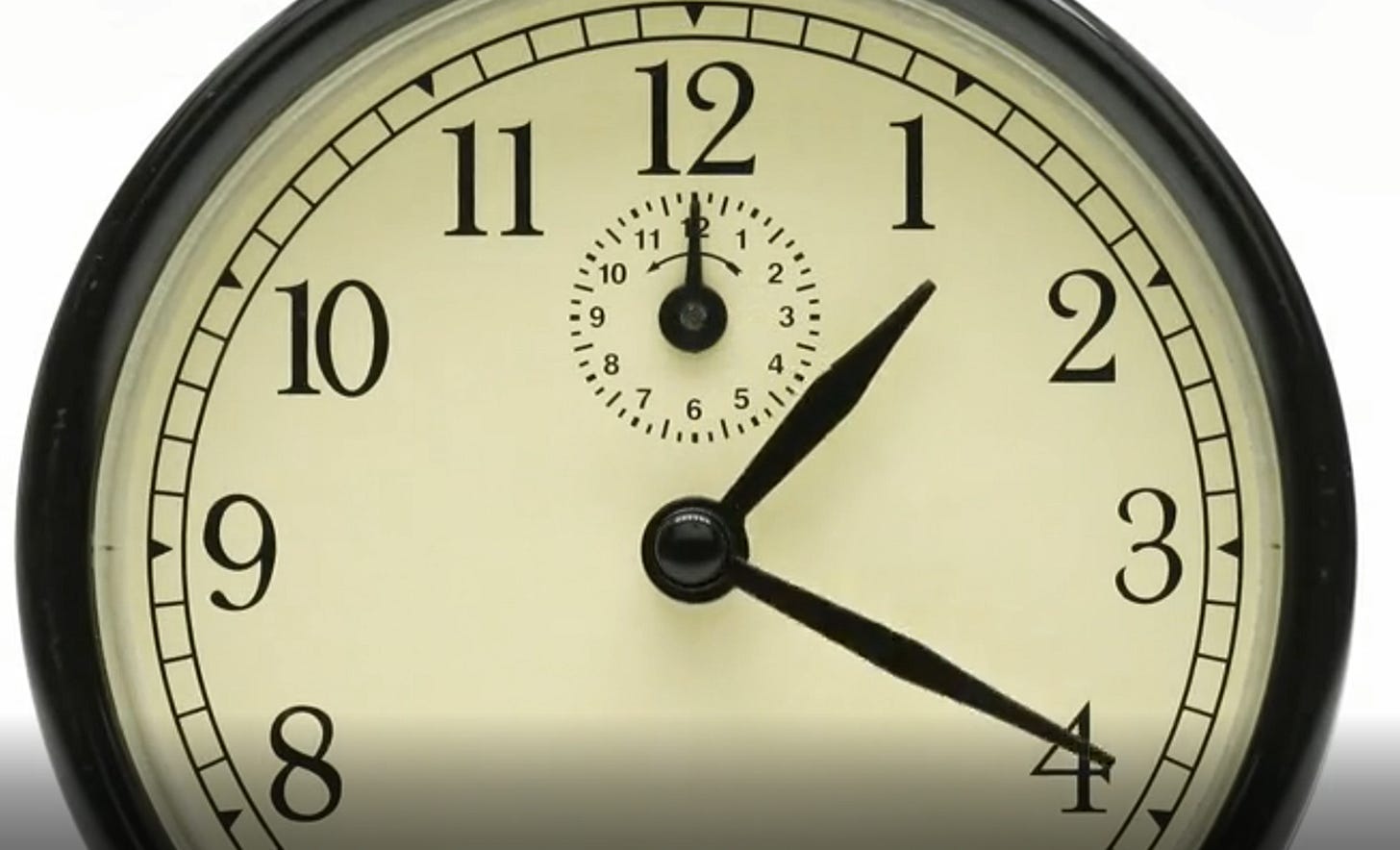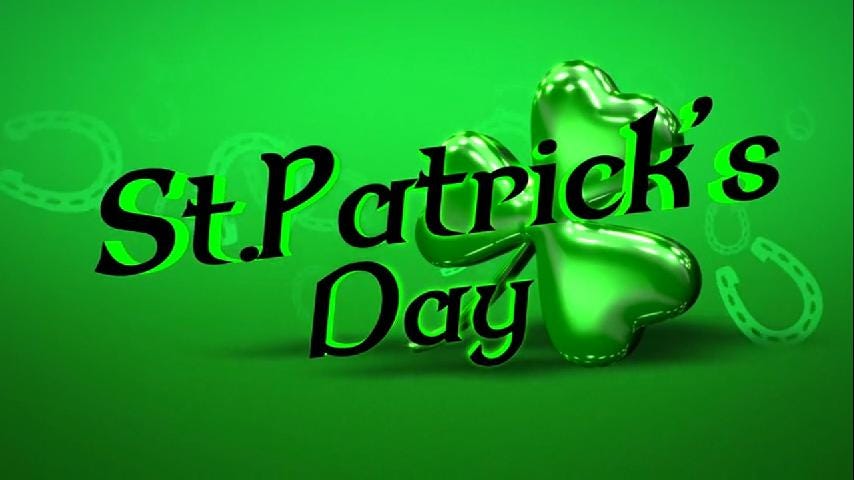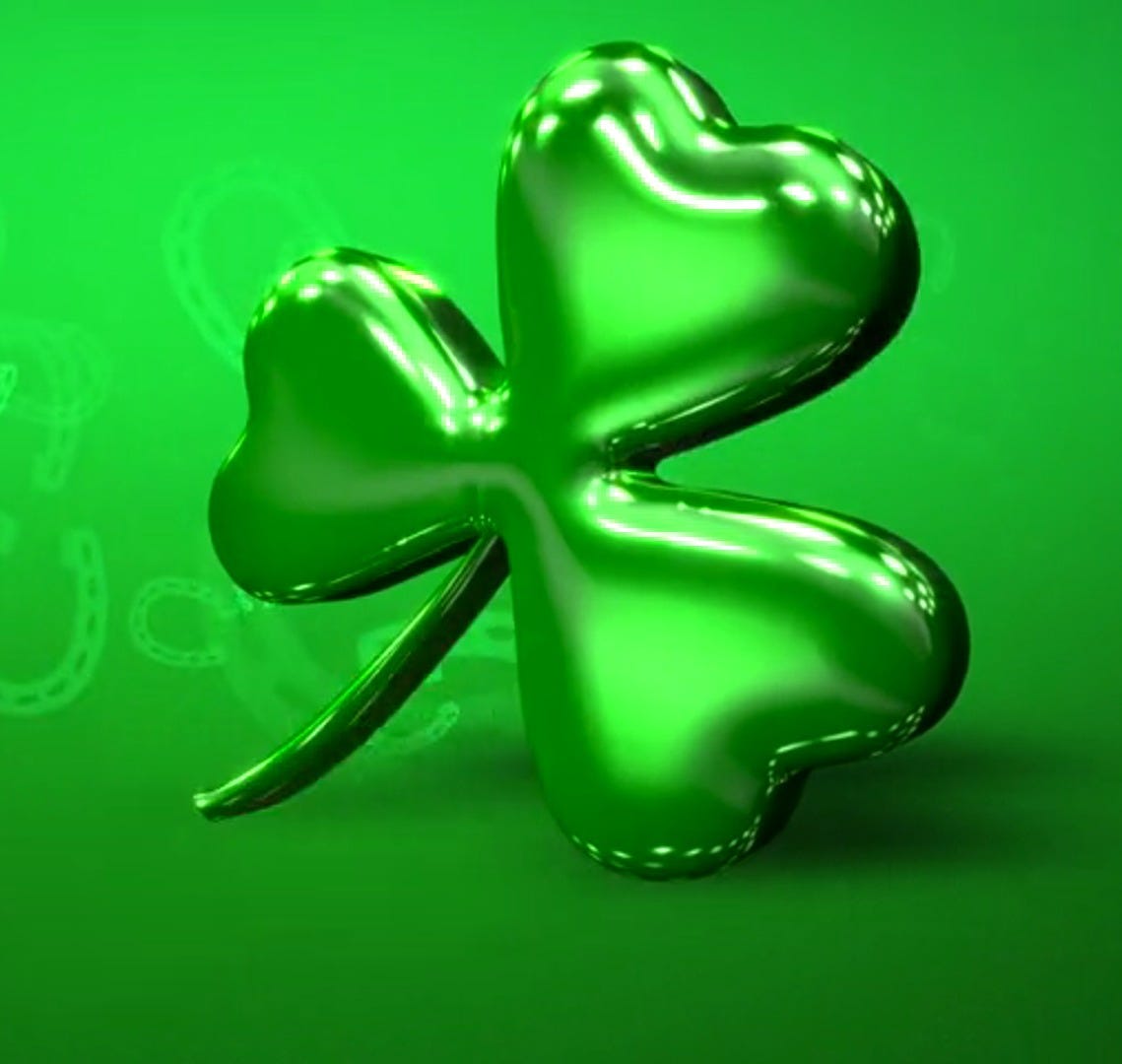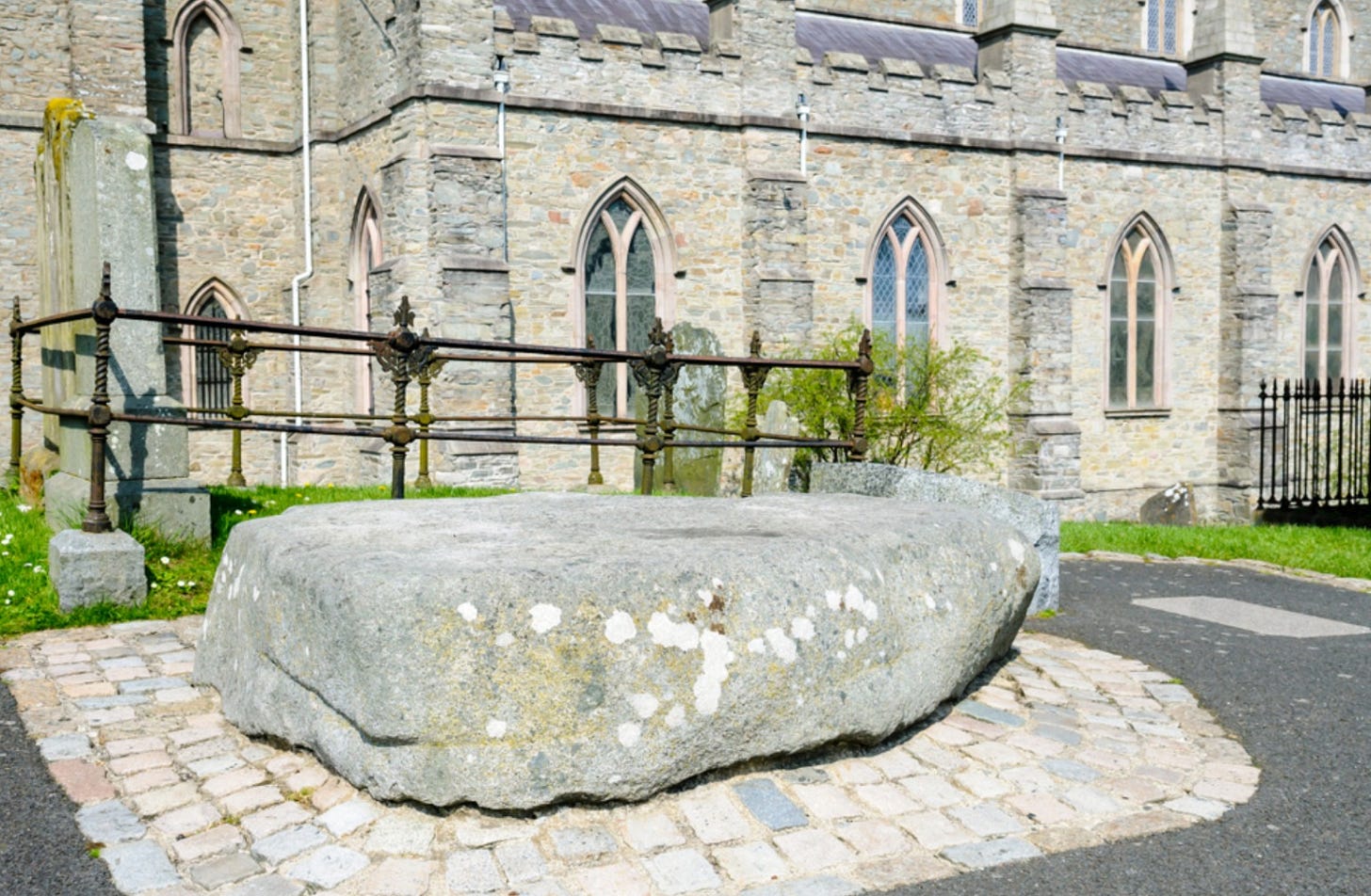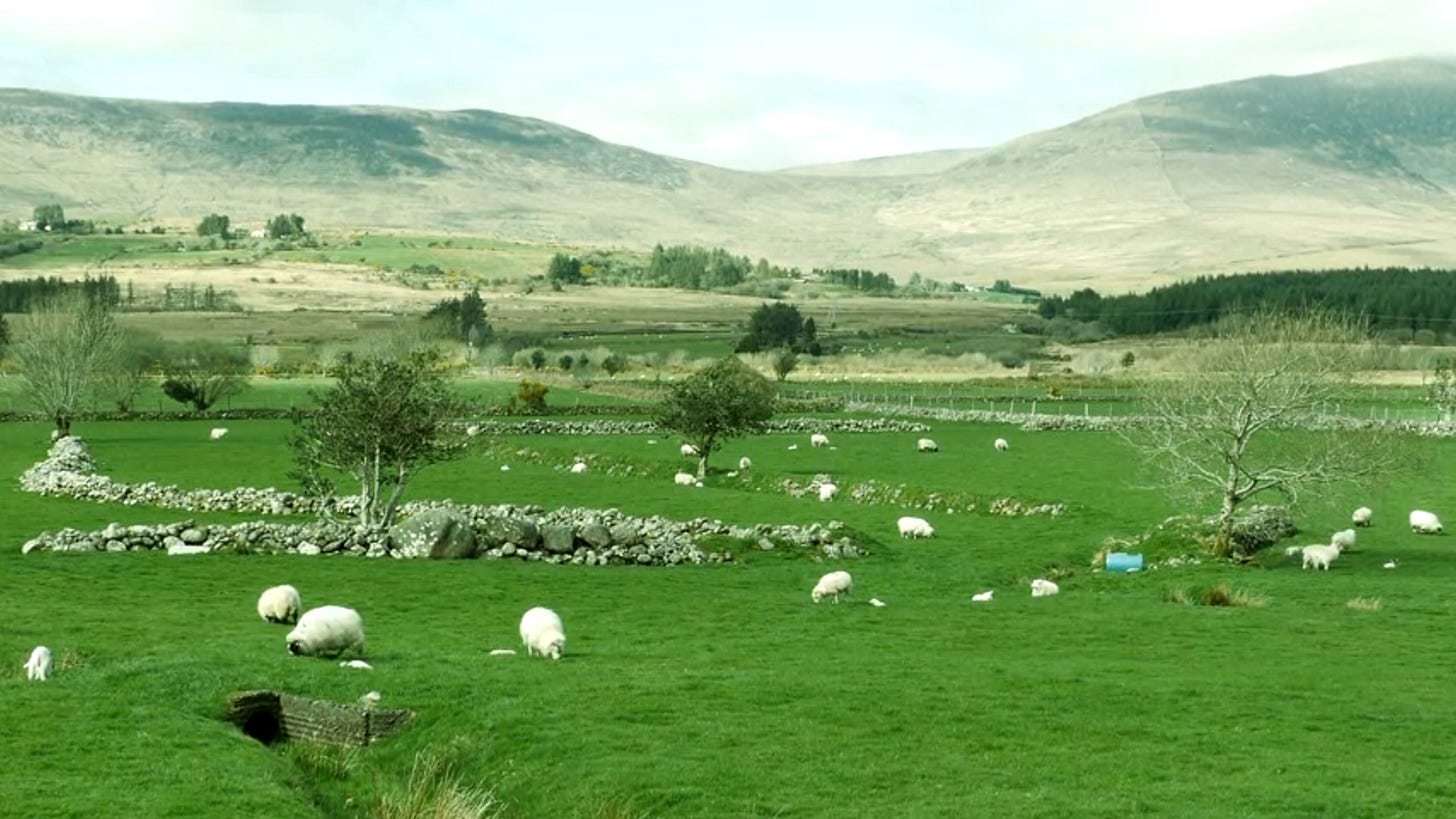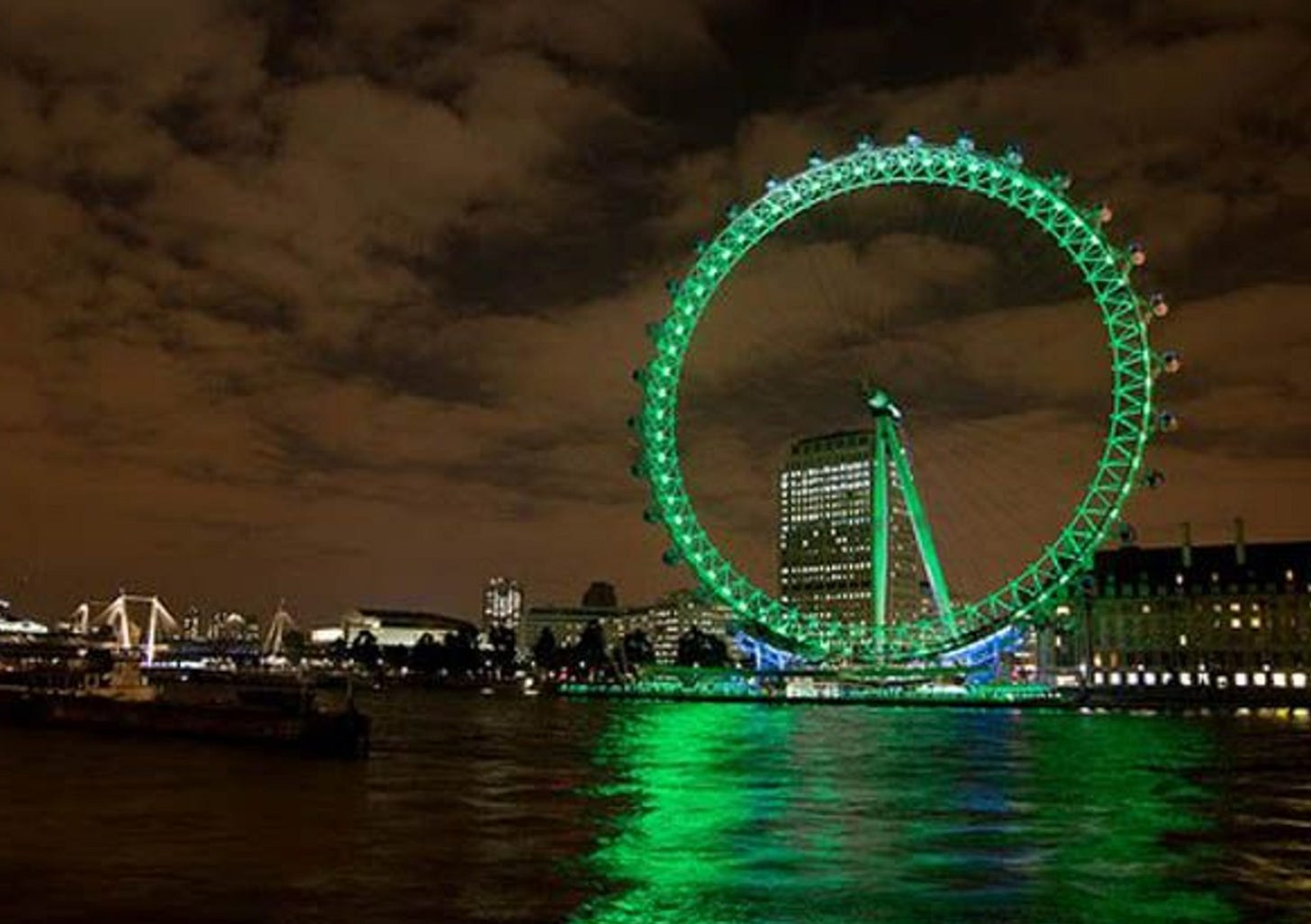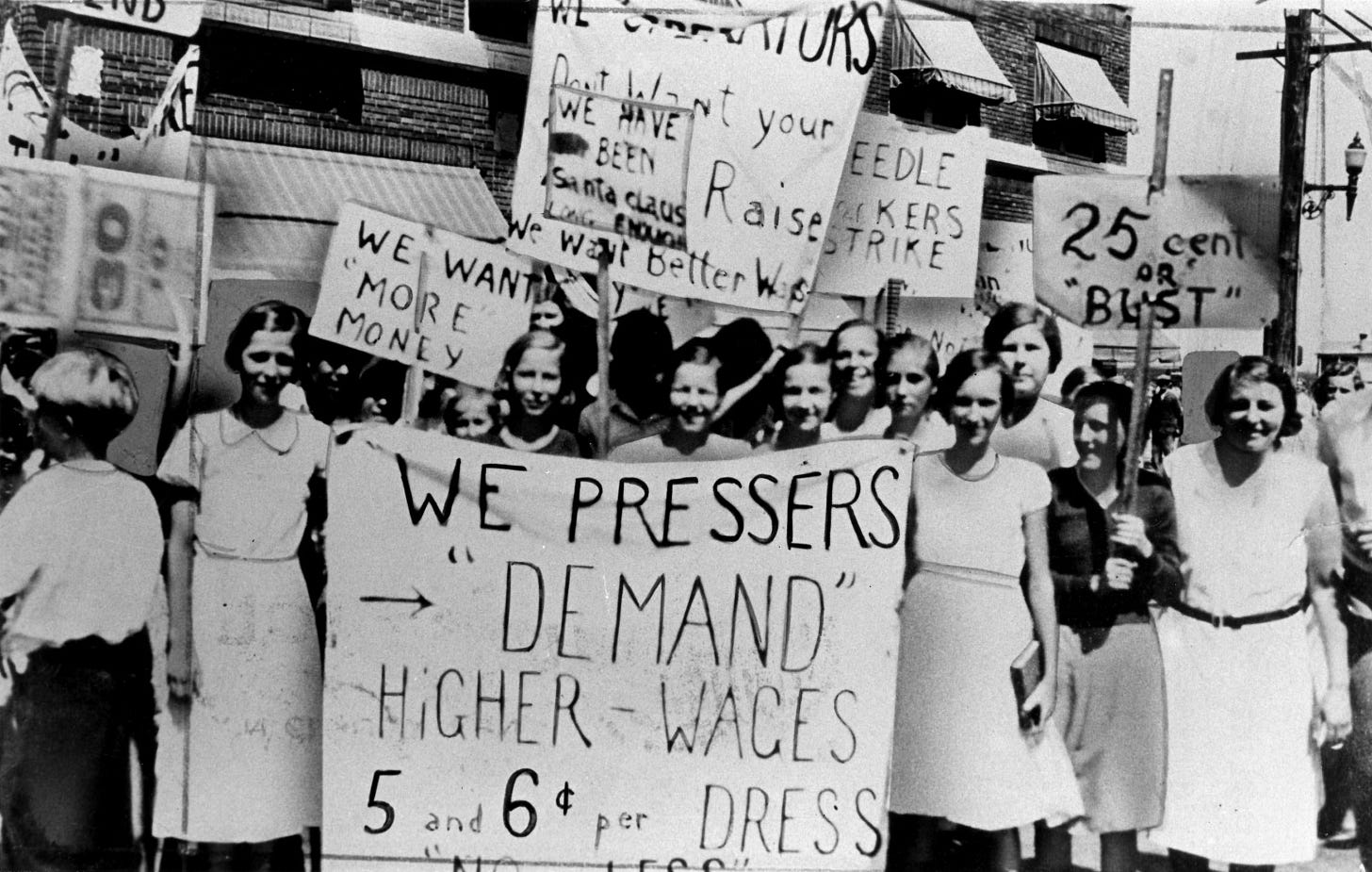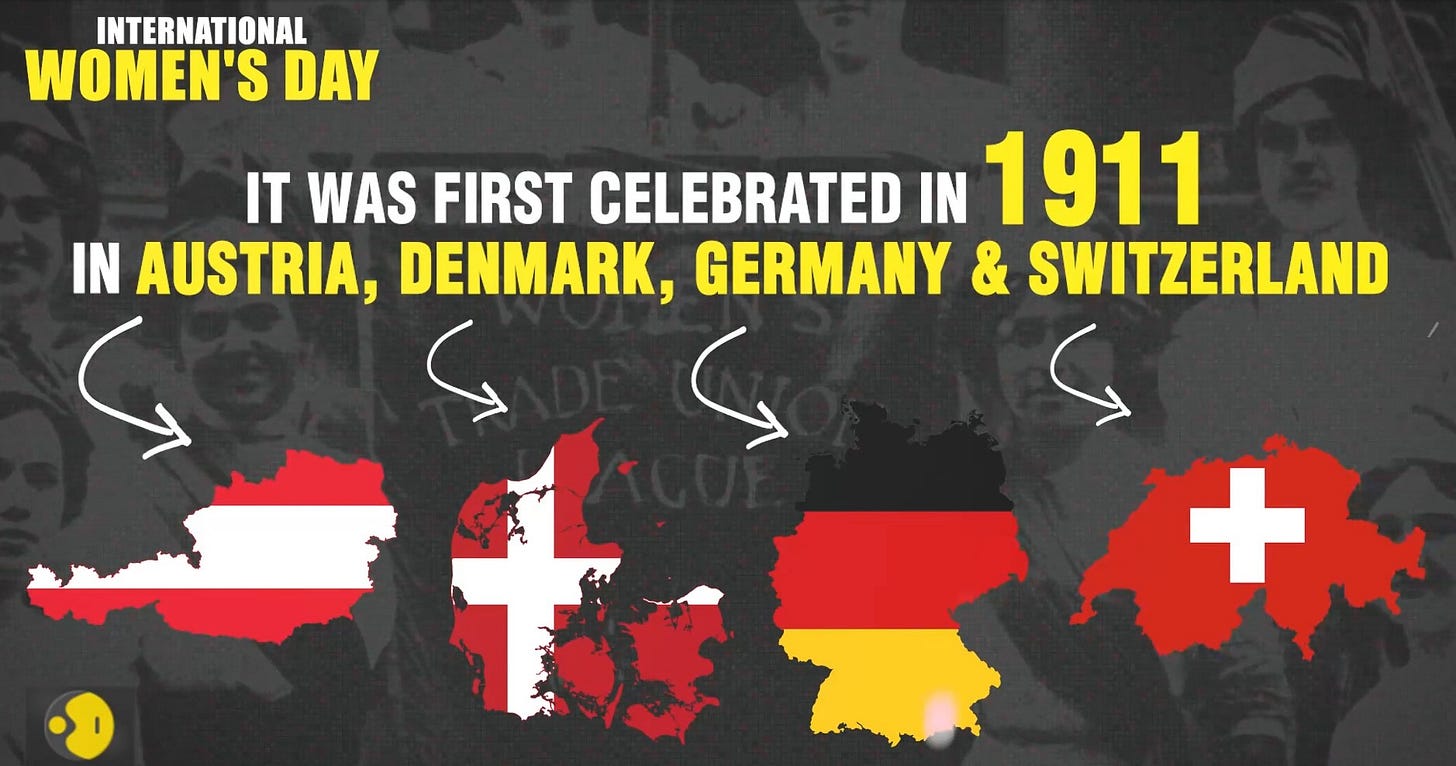Blog
Recent posts

SPRING FORWARD FALL BACK - Daylight Savings Time
The Story of British Summer Time & Why We Change the Clocks.
Every year, people set their clocks forward in spring and back in autumn. But why do we do this?
The answer lies in a century-old idea called British Summer Time.
The idea of changing the clocks to make better use of daylight dates back to 1907, when a British builder named William Willett campaigned for it.
He hated seeing daylight wasted while people slept, and wanted to shift the clocks forward in summer to encourage outdoor activity and productivity.
At first, Willett’s idea wasn’t taken seriously, but during World War I, it became clear that shifting the clocks could save fuel and increase working hours.
So, in 1916, Britain introduced British Summer Time, moving the clocks forward by one hour in March and back again in October.
Britain wasn’t alone, many other countries adopted similar systems.
Today, over 70 countries, including most of Europe, the United States, Canada, and Australia, still adjust their clocks for daylight saving time.
The goal is simple: to make better use of daylight hours, reducing the need for artificial lighting and giving people more time to enjoy the outdoors.
Even today, British Summer Time remains in force, despite ongoing debates.
Supporters argue that it reduces energy use, improves road safety, and boosts outdoor activities.
Critics, however, say the time-change disrupts sleep patterns and isn’t as necessary in modern life.
Some countries have already abandoned daylight saving time, but for now, the UK continues the tradition, meaning we still 'spring forward' and 'fall back' every year.
Love it or hate it, British Summer Time is here to stay, at least for now.
So, when the time comes, don’t forget to change your clocks!

Saint Patrick’s Day: A Global Celebration of Irish Heritage
Who was Saint Patrick? And why do we remember him?
Every year, on the 17th of March, the world turns green in celebration of Saint Patrick’s Day! But who was Saint Patrick? And why do we honour him with such a grand celebration?
The Origins of Saint Patrick’s Day
Saint Patrick is the patron saint of Ireland, but he wasn’t actually Irish! Born in Britain in the late 4th century, Patrick was kidnapped by Irish raiders as a teenager and taken to Ireland as a slave.
During his time in captivity, he turned to his faith for strength. After several years, he managed to escape and return home. But something called him back.
Patrick later became a Christian missionary, returning to Ireland to spread Christianity.
He is said to have used the shamrock, a three-leafed plant, to explain the Holy Trinity—one reason why the shamrock is now a symbol of Ireland!
Saint Patrick died on March 17th, around the year 461 AD. Over time, this date became a religious feast day in his honour, eventually evolving into the worldwide celebration we know today.
Why Green is the Colour of Saint Patrick’s Day
But why is green the colour of Saint Patrick’s Day?
Originally, Saint Patrick was associated with blue! However, over time, green became the colour of Ireland—the Emerald Isle.
Green is also the colour of the shamrock, a symbol of Saint Patrick. And during the Irish Rebellion of 1798, wearing green became a sign of Irish identity and pride. The tradition stuck, and today, green is everywhere on March 17th!
Saint Patrick’s Day Around the World
Saint Patrick’s Day is no longer just an Irish celebration—it’s a global phenomenon! From the bustling parades of New York City and London to the dyeing of the Chicago River, cities across the world honour Irish heritage with music, dance, and, of course, a lot of green.
People celebrate by wearing green, eating Irish food, and enjoying traditional music. And whether you’re Irish by birth or just Irish for the day, it’s all about coming together to celebrate culture, history, and community.
So, wherever you are in the world -
Happy Saint Patrick’s Day!
Or as they say in Ireland,
Lá Fhéile Pádraig sona duit!
=====
If you like this story, you might also like this song

International Women’s Day: A Global Celebration
How did this global movement begin, and why does it matter today?
Every year, on the 8th of March, people around the world come together to celebrate International Women’s Day.
But how did this global movement begin? And why does it matter today?
The Origins of International Women’s Day
The story of International Women’s Day began in the early 20th century. In 1908, thousands of women marched through the streets of New York City, demanding better working conditions, fair pay, and voting rights.
A year later, German activist Clara Zetkin proposed the idea of a global day to honor women’s struggles and achievements.
In 1911, the first International Women’s Day was celebrated in Austria, Denmark, Germany, and Switzerland. Over a million people took part, calling for equality and justice.
Over the decades, International Women’s Day has grown into a worldwide movement, highlighting the fight for gender equality and recognizing the contributions of women across all fields.
The Aims of International Women’s Day
International Women’s Day is about more than just celebration—it’s about action.
It raises awareness about issues like gender pay gaps, women’s education, healthcare, and leadership representation. It also calls for an end to violence against women and promotes policies that create a fairer world for all.
Each year, a new theme focuses on key challenges and solutions, reminding us that while progress has been made, there is still work to do.
International Women’s Day Today
Today, International Women’s Day is marked by events, campaigns, and discussions across the world. Governments, businesses, and communities use this day to recognize achievements, push for policy changes, and support initiatives that empower women and girls.
From global summits to grassroots movements, people everywhere are working to create a more inclusive future.
But the fight for sex equality isn’t just for one day, it’s for every day.
So, how will you help make a difference?
Because …
WHEN WOMEN RISE …
WE ALL RISE !


Shrove Tuesday: The Celebration of Pancake Day
Every year, on a Tuesday in February or March, people across England take part in a delicious tradition—Pancake Day! But did you know this celebration has its roots in a much older tradition called Shrove Tuesday?
The Origins of Shrove Tuesday
Shrove Tuesday dates back over a thousand years to Christian traditions. It was the last day before Lent, a period of 40 days of fasting leading up to Easter. On this day, people would go to church to confess their sins and be 'shriven'—which means to be forgiven.
But there was also a practical reason behind the feast. To prepare for Lent, households used up rich foods like eggs, milk, and butter—perfect ingredients for making pancakes!
Pancake Day Traditions in England
Over the centuries, the religious aspect faded for many, but the tradition of making pancakes remained—turning Shrove Tuesday into what we now call Pancake Day!
From classic sugar and lemon to chocolate, berries, and even savoury toppings, Pancake Day is a time to get creative in the kitchen."
But in England, it’s not just about eating pancakes—there are also pancake races! These quirky events, where people run while flipping pancakes in frying pans, date back centuries and continue to this day in towns and villages across the country.
The most famous pancake race takes place in Olney, Buckinghamshire, where legend says the tradition started in 1445 when a woman, late for church, ran through the streets still holding her frying pan!
The Joy of Pancake Day Today
Whether you’re taking part in a race, making the perfect flip, or just enjoying a sweet treat, Pancake Day is a fun way to bring people together.


Saint David’s Day: A Welsh Celebration
Every year, on the 1st of March, the people of Wales celebrate Saint David’s Day - Dydd Gŵyl Dewi Sant - a day filled with tradition, pride, and national spirit.
But who was Saint David? and why is this day so important?
The Origins of Saint David’s Day
Saint David, or Dewi Sant in Welsh, was a 6th-century monk, preacher, and bishop. Born in what is now Pembrokeshire, he spread Christianity across Wales and beyond, founding churches and monastic communities. Known for his piety and simple life, he performed miracles - including one where he caused the ground beneath him to rise so his voice could be heard more clearly.
Saint David died on the 1st of March, 589 AD. His last words - 'Be joyful, keep the faith, and do the little things' - remain a powerful message in Wales today. After his canonization in the 12th century, March 1st was dedicated as his feast day, a time for Welsh people to honour their patron saint.
The Symbols of Wales: The Leek & the Daffodil
But Saint David’s Day isn’t just about remembering the man himself—it’s also about Welsh identity, symbolised by the leek and the daffodil.
According to legend, Saint David advised Welsh soldiers to wear leeks on their helmets during battle to distinguish themselves from the enemy.
The leek has been associated with Wales ever since, even appearing on the uniforms of the Welsh Guards.
The daffodil, a more modern symbol, gained popularity in the 19th century. Its Welsh name, cenhinen Bedr, means 'Peter’s leek' - connecting it to the older tradition. Today, both symbols are proudly worn on St David’s Day.
How Saint David’s Day is Celebrated Today
Today, Saint David’s Day is celebrated with parades, concerts, and festivals across Wales. People wear daffodils or leeks, children dress in traditional Welsh costumes, and communities come together to enjoy music and poetry.
Food plays a big part, too - dishes like cawl, a hearty lamb and vegetable stew, and Welsh cakes, sweet griddled treats, are enjoyed by many.
Though over 1,400 years have passed since Saint David’s time, his legacy remains strong. Whether in Wales or across the world, the 1st of March is a time for the Welsh people to celebrate their culture, history, and national pride.
Dydd Gŵyl Dewi Hapus!—Happy Saint David’s Day!


Victorian Valentine's Day Traditions
As Valentine’s day approaches let’s explore how our Victorian forebears expressed their affection on this very special day.
During the 19th century, Valentine's Day was a grand affair, marked by the exchange of exquisitely crafted cards. These tokens of love were often hand-made, adorned with intricate lace, pressed flowers, and poetic verses that would make any heart flutter.
One of the most intriguing Valentine's Day traditions was the "surprise box." On Valentine's Day admirers would send beautiful boxes, filled with gifts and love letters. The recipient would not know who sent the box until they opened them to reveal the contents and the sender’s identity. This tradition was a delightful way for a partner or secret admirer to surprise and delight the object of their affection.
Lovers would also enjoy romantic outings, such as leisurely walks in the garden or attending grand balls. These moments provided the perfect opportunity to exchange sweet nothings and perhaps, a stolen glance or two.
No celebration would be complete without delectable treats. Victorians delighted in sharing sweet confections and heart-shaped cakes, often accompanied by a warm cup of tea. These gatherings were a chance to revel in the joy of companionship and savour the flavours of love.
So, as you celebrate this Valentine's Day, take a moment to appreciate the timeless traditions of the Victorian era that stay with us today. Whether it’s a heartfelt romantic card from your secret Valentine, beautiful flowers from your husband, or a chocolatey treat, I sincerely hope that you enjoy a wonderfully romantic Valentine’s Day.
I hope you enjoyed this little taste of history.
Don't forget to like, share, and subscribe for more fascinating facts and hidden histories.
==========================
Visit my Derbyshire Hearts Gallery
Framed Hearts and Hearts on canvas are available as prints from Derbyshire Hearts Collection


Valentine's Day Traditions in Tudor Times
Today, I'm exploring Valentine's Day traditions in Tudor times.
In Tudor times, Valentine's Day was a significant holiday, with many unique traditions. One of the most popular was the "love lottery." Men would draw names from a hat, and the woman they picked would be their Valentine. This tradition was so popular that it even inspired the famous Shakespearean play, "Twelfth Night”.
Another interesting custom was the exchange of love tokens, often made of paper or fabric. These tokens were then worn as a symbol of love, and many of them have been preserved to this day.
Another Tudor tradition was the Valentine's Day feast which began at 5 o'clock in the morning with a procession of masked dancers. The first woman to remove her mask was the lady.
And the lord would present her with a bunch of white roses, which symbolized purity and innocence. After that, it was customary for the lord to give a long speech about how much he loved his lady. Everyone would feast, there would be more dancing and games and more drinking. And the whole celebration would last for days.
So, there you have it! A glimpse into the fascinating Valentine's Day traditions of Tudor times.
Today Valentine's Day is a more intimate affair between couples, and quite probably a lot less exhausting.
I hope you enjoyed this little taste of history.
Don't forget to like, share, and subscribe for more fascinating facts and hidden histories.
==========================
Visit my Derbyshire Hearts Gallery
Framed Hearts and Hearts on canvas are available as prints from Derbyshire Hearts Collection


Valentine's Day Traditions in the Middle Ages
Continuing my Valentine’s theme in the run up to the most romantic day of the year. Did you know that Valentine's Day was celebrated in the middle ages?
In the 14th century, it was customary for women to give their lovers a red rose as a symbol of love. And young girls would often make elaborate rose chaplets to wear in their hair on Valentine's Day.
But it wasn't all roses and romance. In medieval times, there was also a tradition of giving small gifts, like a handkerchief or a ring, to your sweetheart on Valentine's Day. And if you were feeling particularly generous, you might even give them a live animal, like a white dove or a little puppy.
Love poems were a popular way to express one's feelings. These poems, known as "love letters," were often written on parchment and decorated with intricate illustrations.
The tradition of giving chocolates also began during this time, with the Aztecs believing that cacao beans had aphrodisiac properties.
These days, we're more likely to give our loved ones chocolate or flowers, or maybe even take them out for a nice dinner. But no matter what you do to celebrate, don't forget to show your Valentine some love.
What are your favorite Valentine's Day traditions? Share them with us in the comments.
I hope you enjoyed this little taste of history. Don't forget to like, share, and subscribe for more fascinating facts and hidden histories.
I hope you enjoyed this little taste of history.
Don't forget to like, share, and subscribe for more fascinating facts and hidden histories.
==========================
Visit my Derbyshire Hearts Gallery
Framed Hearts and Hearts on canvas are available as prints from Derbyshire Hearts Collection


Valentine's Day Traditions in Pagan Times
As our thoughts turn to love at the approach of the most romantic day of the year, it’s interesting to look at how love was celebrated before the Christian church introduced Valentine’s Day.
Pre-Christian pagan traditions celebrated fertility as a vital aspect of life and survival. These festivals often marked the changing seasons, with a particular focus on spring and the renewal of life.
Spring festivals were a time for celebration, a time to give thanks for the blessings of the land, and a time to ask for the continued abundance that would ensure the survival of the community.
Various cultures across Europe had their unique fertility rituals, but common themes included the veneration of nature, deities of fertility, and communal celebrations.
The rituals and traditions of the festivals were often intricate and rich in symbolism. It was a time when the people of ancient cultures would come together to honour their gods and goddesses associated with fertility, such as Demeter, Persephone, Freyja, and Cernunnos, who were honored as people prayed for a bountiful harvest and a prosperous year ahead.
Village fertility festivals were also a time for courtship and marriage, as the young men and women of the villages would gather to find their life partners.
Many pagan traditions are still included in our modern traditions today.
Such as maypole dancing and floral wreaths, which was introduced by the Celtic festival of Beltane, symbolizing life and fertility.
Chocolate Eggs and rabbits are symbols of fertility introduced by the Germanic festival of Ostara.
And spring blooms for the Roman festival in honor of Flora, the goddess of flowers and fertility.
Staying with tradition with flowers and chocolates are still a wonderful way to show your Valentine some love.
I hope you enjoyed this little taste of history. Don't forget to like, share, and subscribe for more fascinating facts and hidden histories.
I hope you enjoyed this little taste of history.
Don't forget to like, share, and subscribe for more fascinating facts and hidden histories.
==========================
Visit my Derbyshire Hearts Gallery
Framed Hearts and Hearts on canvas are available as prints from Derbyshire Hearts Collection


Valentine's Day Origins - The Most Romantic Day of the Year
As Valentine's Day approaches here's a fascinating origin story for the most romantic day of the year.
Did you know that this romantic holiday actually has its roots in ancient Roman times?
That's right! The ancient Romans celebrated a festival called Lupocalia which was held on February 15th.
This festival was all about fertility and purification and it was believed that the god of fertility Faunes would visit the city during this time.
Now let's fast forward to the 5th century.
As Christianity proliferated, the Lupocalia festival was outlawed.
Pope Gelasius decided to replace Lupocalia with a Celebration of their own February 14th was declared as a holy day dedicated to Saint Valentine, a priest who was martyred for his faith
And thus Valentine's Day was born
So there you have it.
The origins of Valentine's Day are more intriguing than you might have thought
I hope you enjoyed this little taste of history.
Don't forget to like, share, and subscribe for more fascinating facts and hidden histories.
==========================
Visit my Derbyshire Hearts Gallery
Framed Hearts and Hearts on canvas are available as prints from Derbyshire Hearts Collection


The Chinese Zodiac: An Ancient Tale of Legends and Stars
The Chinese zodiac, also known as "Sheng Xiao," is an intricate system that dates back over two thousand years. Rooted in Chinese folklore and mythology, the zodiac system assigns an animal and its reputed attributes to each year in a twelve-year cycle. Each cycle includes the Rat, Ox, Tiger, Rabbit, Dragon, Snake, Horse, Goat, Monkey, Rooster, Dog, and Pig.
Origin and Legend
The origins of the Chinese zodiac are steeped in legend. One popular story tells of the Jade Emperor, who wanted to create a system to measure time. He invited all the animals to a grand race, promising to honor the first twelve to cross the river with a place in the zodiac calendar.
In the race, the clever Rat hitched a ride on the back of the Ox and jumped down to cross the finish line first, making the Rat the first animal of the zodiac. The diligent Ox came in second, followed by the Tiger, who fought through strong currents to secure the third spot. The Rabbit, Dragon, Snake, Horse, Goat, Monkey, Rooster, Dog, and Pig followed in that order, each earning their place in the zodiac calendar.
Astrological Significance
Unlike Western astrology, which is based on the solar calendar, the Chinese zodiac follows the lunar calendar. Each animal sign is associated with specific characteristics and personality traits, believed to influence the lives of people born under that sign. For example, those born in the Year of the Rat are considered quick-witted and resourceful, while those born in the Year of the Tiger are known for their bravery and competitiveness.
The Five Elements
The Chinese zodiac also incorporates the concept of the five elements: Wood, Fire, Earth, Metal, and Water. Each animal sign is influenced by one of these elements, adding another layer of complexity and depth to the zodiac. The elements cycle every 60 years, creating a larger cycle that combines the twelve animals and five elements.
Cultural Impact
The Chinese zodiac remains an integral part of Chinese culture and is celebrated with great enthusiasm during the Lunar New Year. It influences various aspects of life, from matchmaking and fortune-telling to architecture and business decisions. Even today, people consult the zodiac for guidance on compatibility, luck, and auspicious dates.
The Chinese zodiac is a rich tapestry woven from ancient legends, cultural beliefs, and astrological traditions. Its enduring popularity is a testament to its deep-rooted significance in Chinese culture and its universal appeal as a fascinating system of symbolism and storytelling.
==========================
Visit my Chinese Zodiac Gallery
Posters are available as prints from my Zodiac Collection
Lucky Chinese Zodiac Playing Cards on Zazzle
Chinese Zodiac playing cards are available from my Zazzle Store


From Babylonian Skies to Modern Horoscopes: The Fascinating Journey of the Western Zodiac
In the expanse of the night sky, twelve constellations have guided civilizations, shaped cultures, and sparked imaginations for millennia. From the mystical visions of ancient Babylonian astronomers to the modern-day allure of daily horoscopes, the Western zodiac's journey is a celestial saga like no other.
Join me as I unravel the captivating history of the Western zodiac. Discover how these cosmic symbols have left an indelible mark on human history and continue to inspire wonder in the stars above.
Origins and Evolution
The Western zodiac system, familiar to many, dates back to ancient Babylon around 2,000 BC. The Babylonians were skilled astronomers who observed the night sky, dividing it into twelve equal sections, each corresponding to a constellation. These constellations later formed the basis of the zodiac signs we know today.
The Greeks Influenced
The Greeks played a crucial role in shaping the Western zodiac, around the 4th century BC. The philosopher Ptolemy wrote the Tetrabiblos, a seminal work on astrology that became the cornerstone of Western astrological traditions. He adopted the Babylonian zodiac, aligning each sign with specific planets, a practice known as rulership, which remains central to astrology today.
The Romans Adapted
As the Roman Empire rose to prominence, the Romans adopted Greek astrological traditions, renaming the gods and incorporating astrological principles into their culture. The twelve zodiac signs—Aries, Taurus, Gemini, Cancer, Leo, Virgo, Libra, Scorpio, Sagittarius, Capricorn, Aquarius, and Pisces—became deeply embedded in Western thought.
The Renaissance and Beyond
During the Renaissance, astrological studies flourished, blending scientific observation with mystical traditions. Astrology was widely practiced and respected, influencing various aspects of life, including medicine, politics, and literature. Prominent figures like Galileo and Johannes Kepler, while contributing to astronomy, also practiced astrology.
Modern Day
Today, the Western zodiac remains a popular cultural phenomenon. While astrology is often viewed skeptically by the scientific community, it continues to capture the public's imagination. Many people follow their horoscopes, seeking insight into their personalities and predictions for their future.
The Future
The Western zodiac's journey from ancient Babylon to modern-day astrology shows humanity's enduring fascination with the cosmos. It reflects our desire to understand ourselves and the universe, blending the realms of science, mythology, and personal introspection.
Visit my Zodiac Gallery
Posters are available as prints from my Zodiac Collection
Zodiac Playing Cards on Zazzle
Zodiac playing cards are available from my Zazzle Store
Zodiac Tarot Cards on Zazzle
Zodiac tarot cards are available from my Zazzle Store


